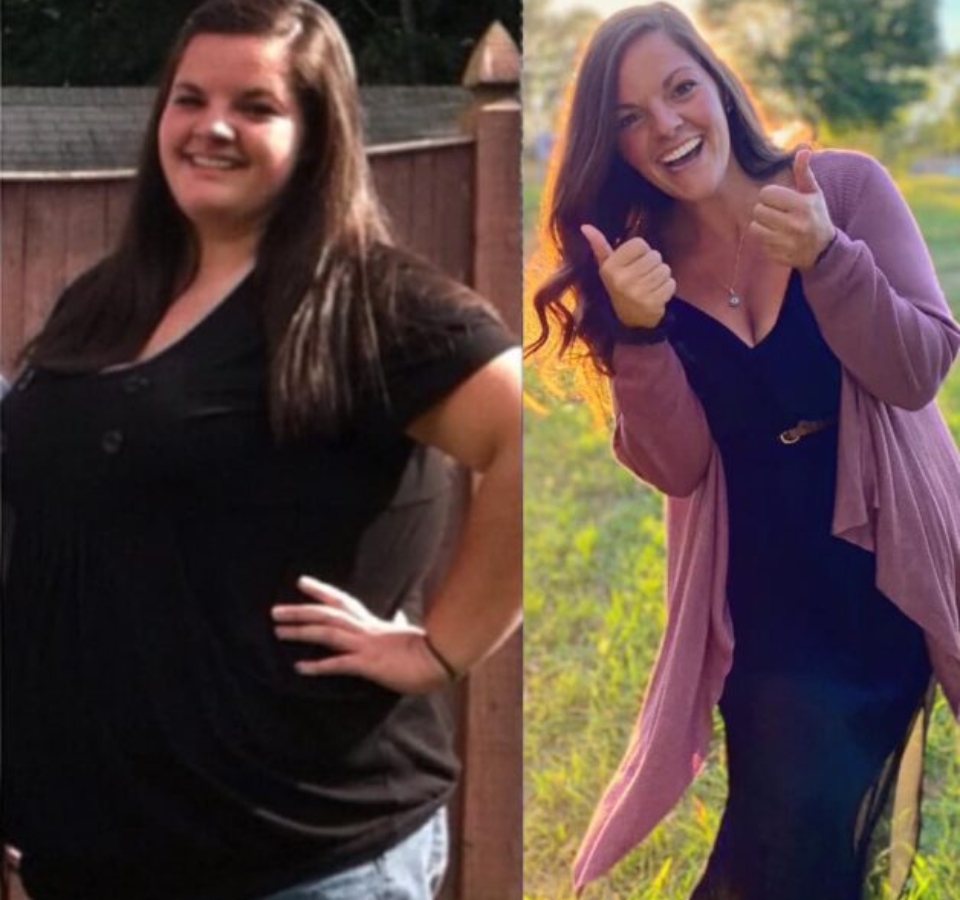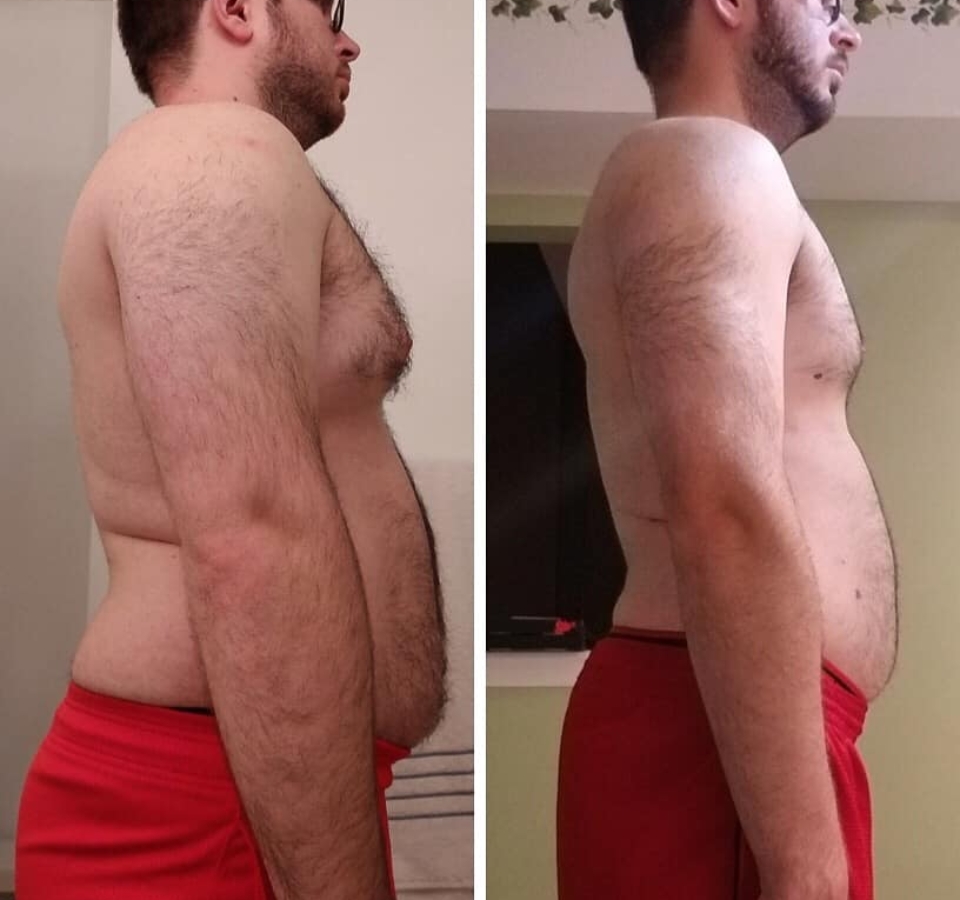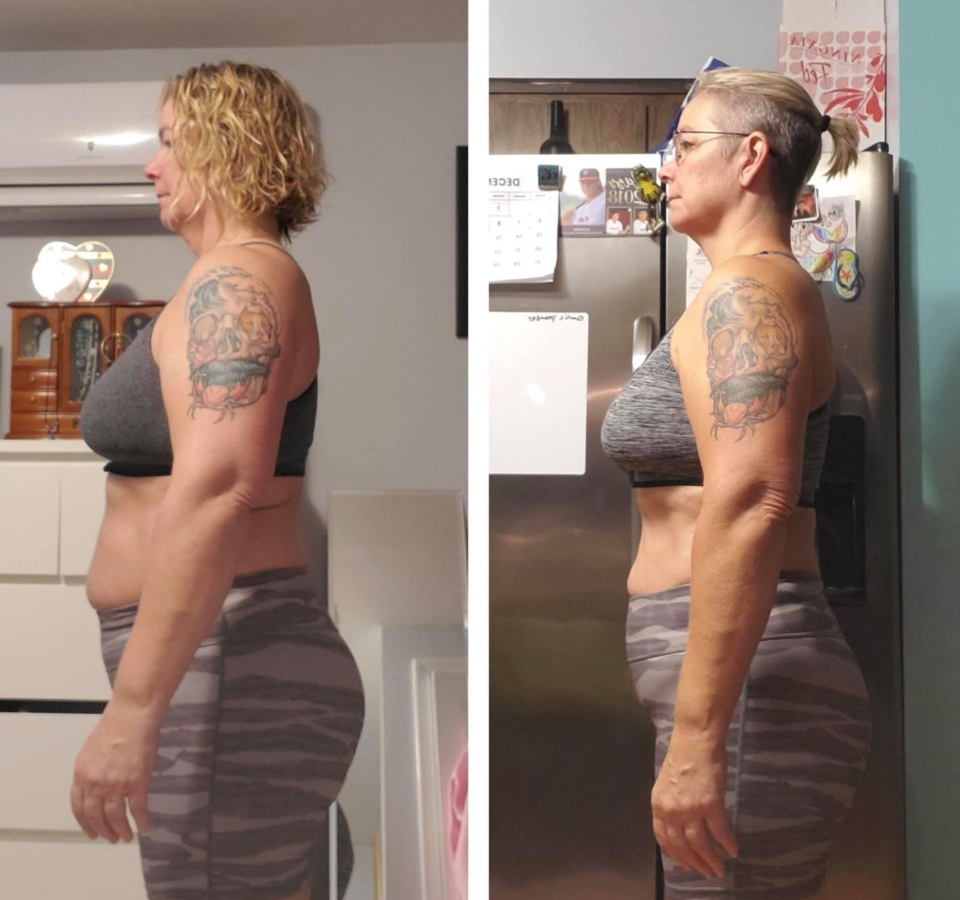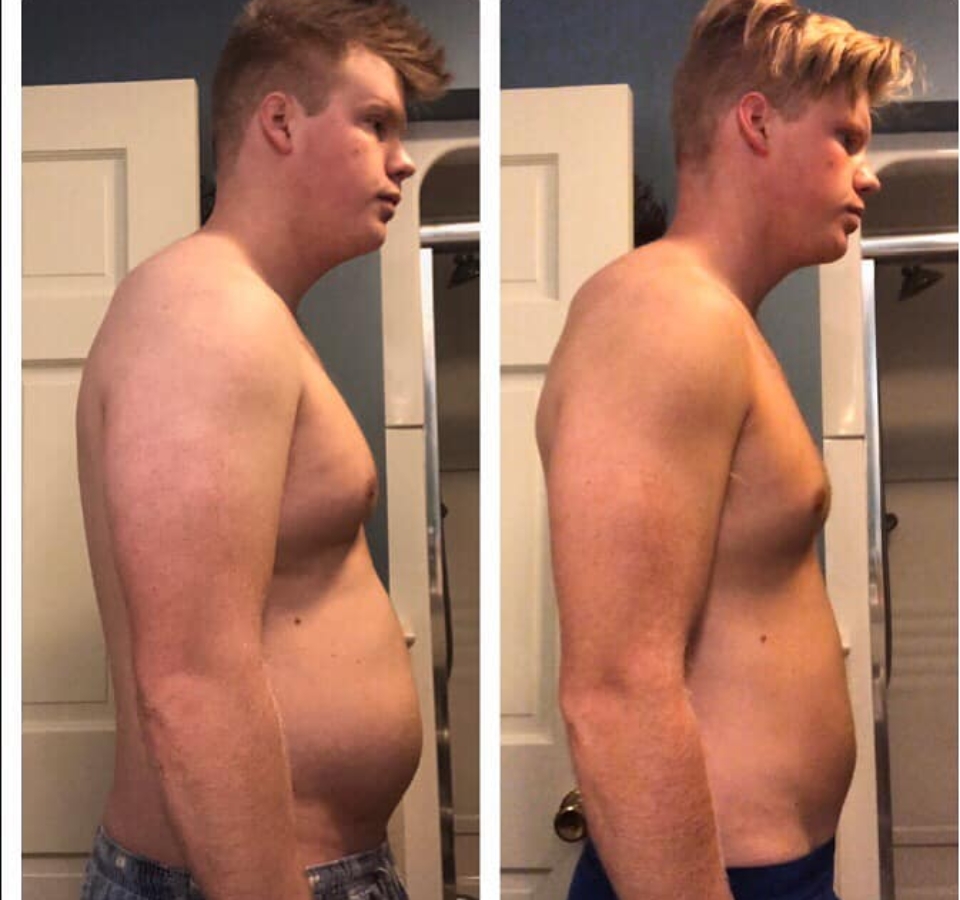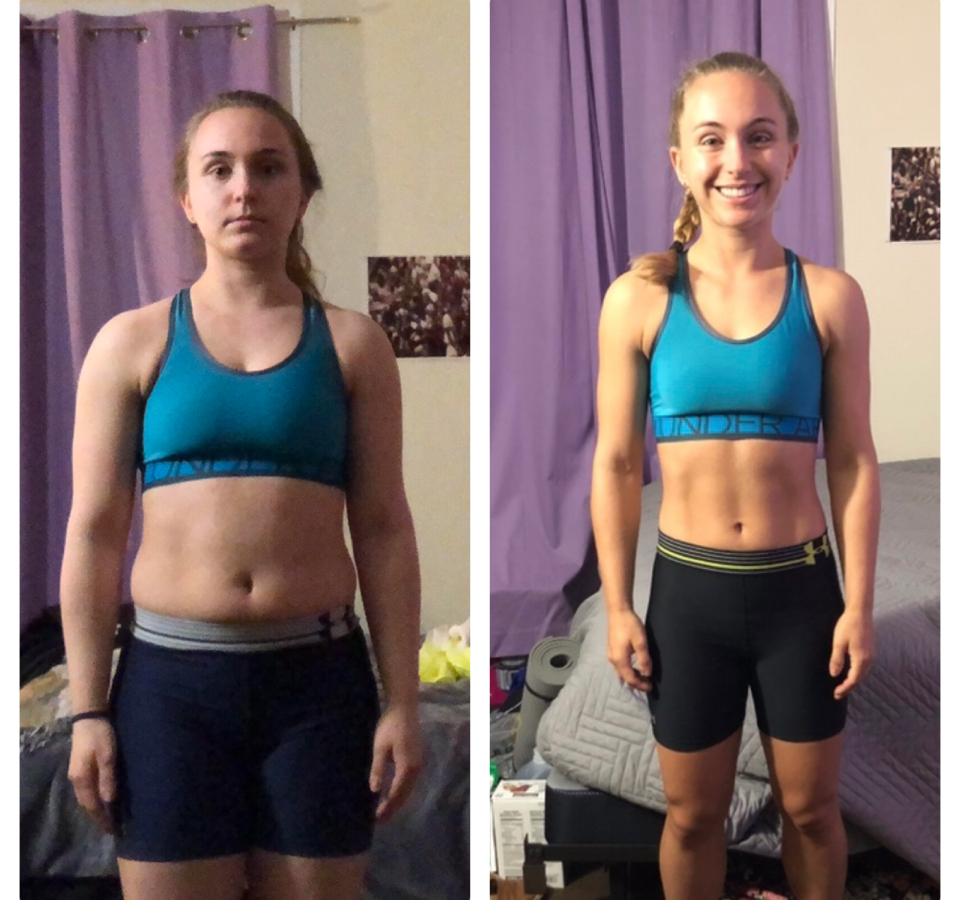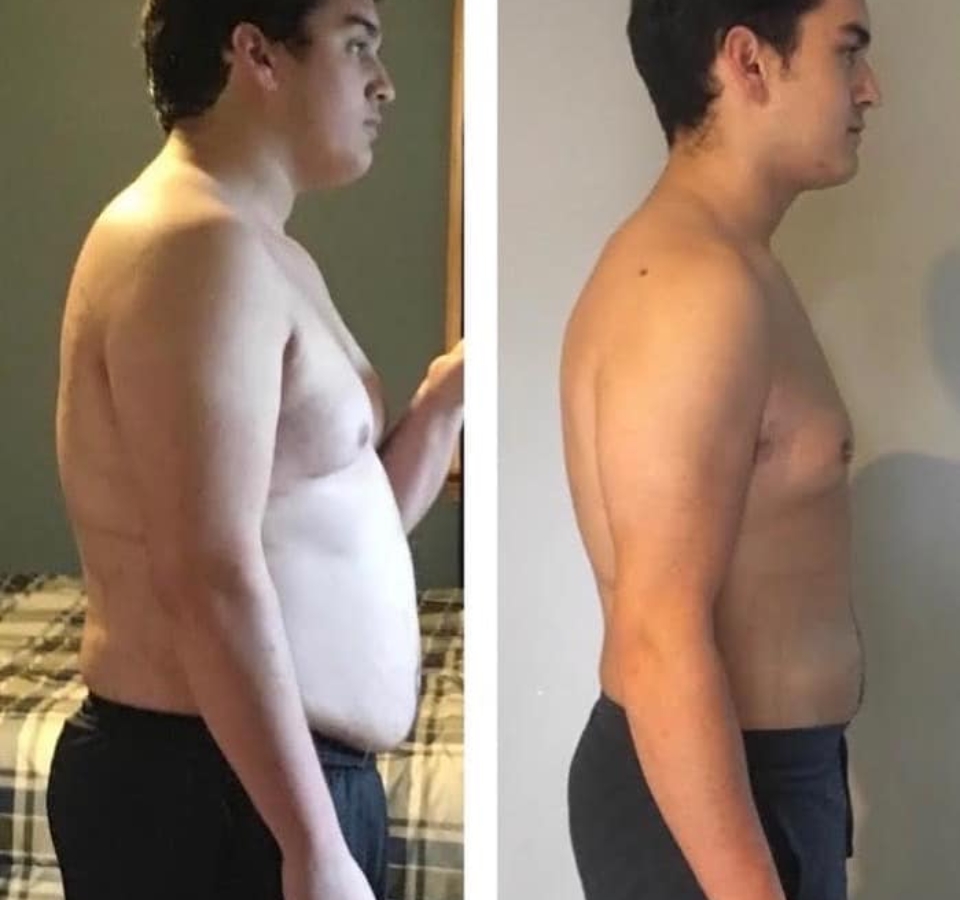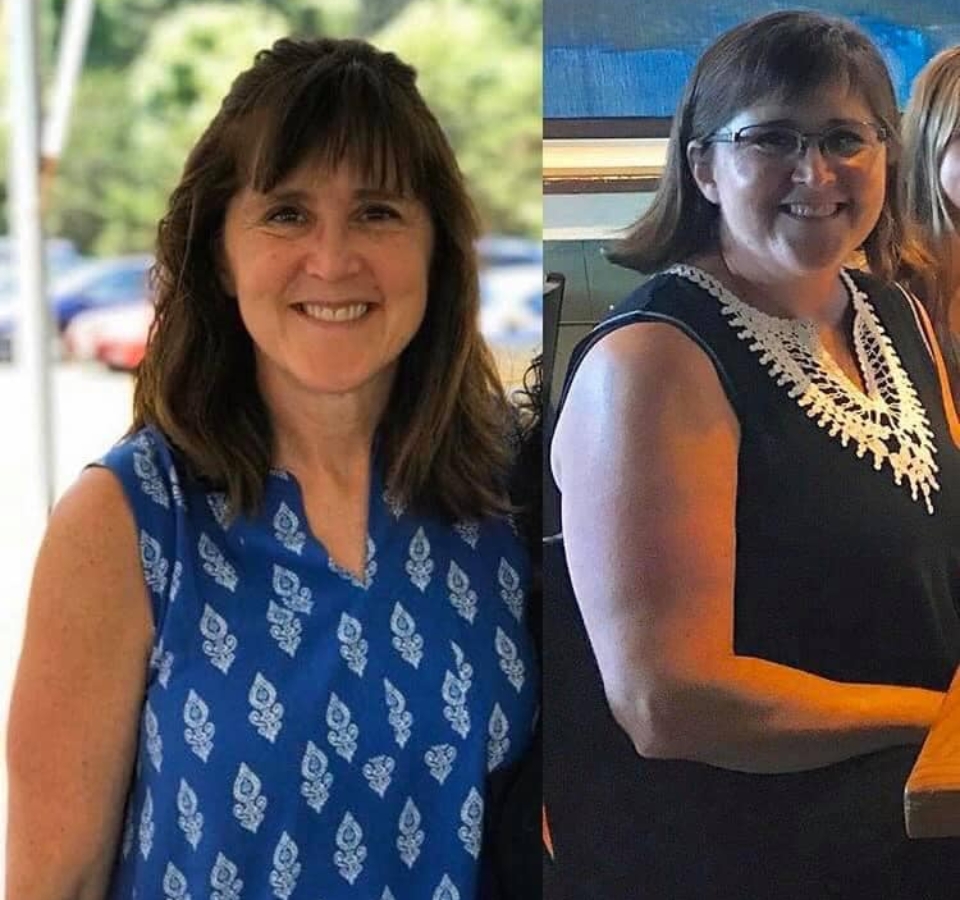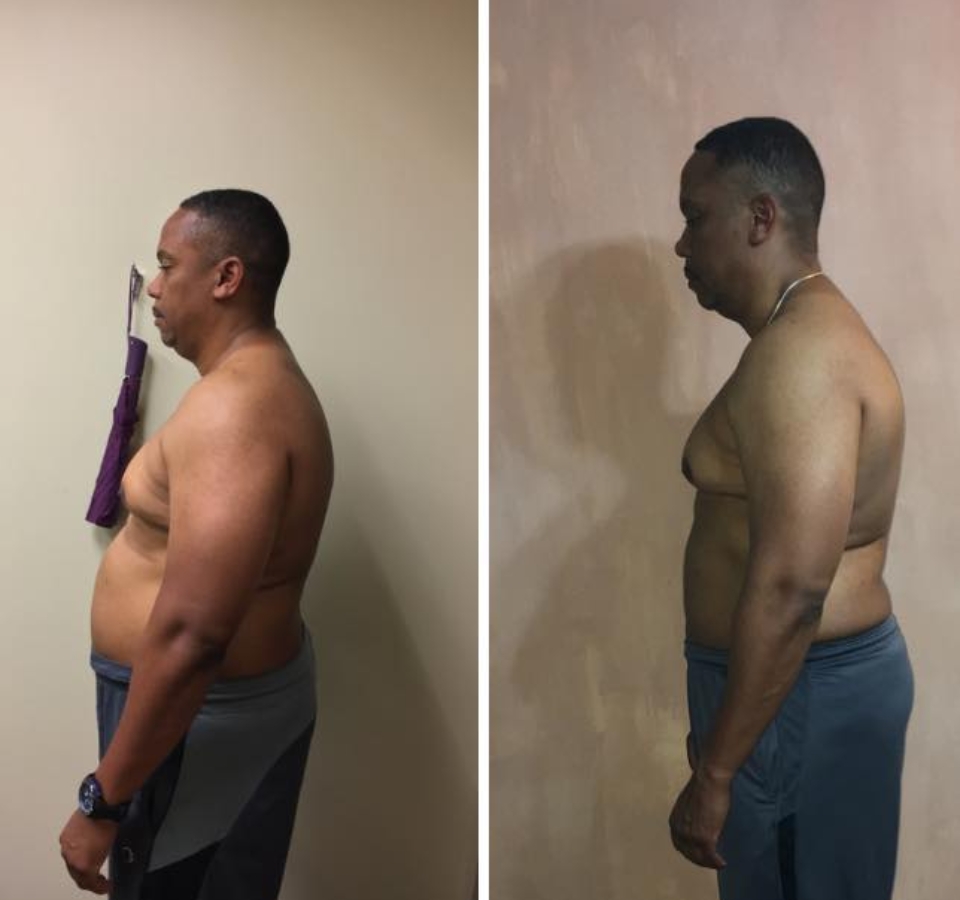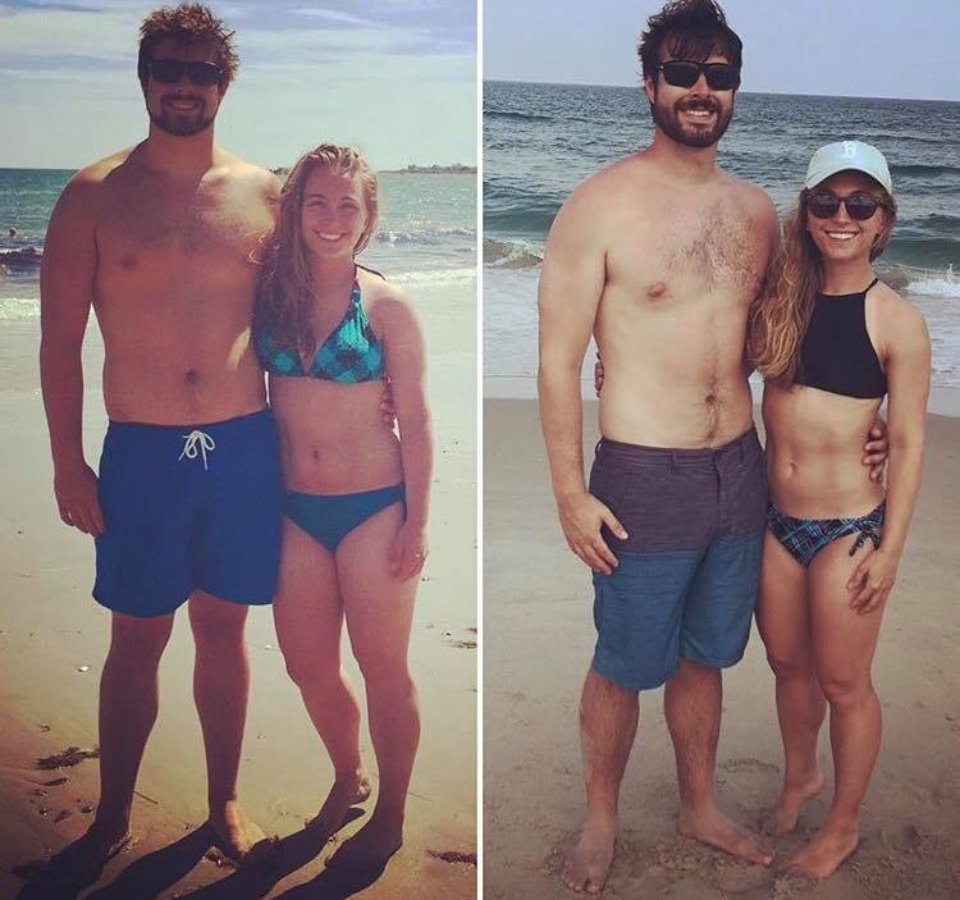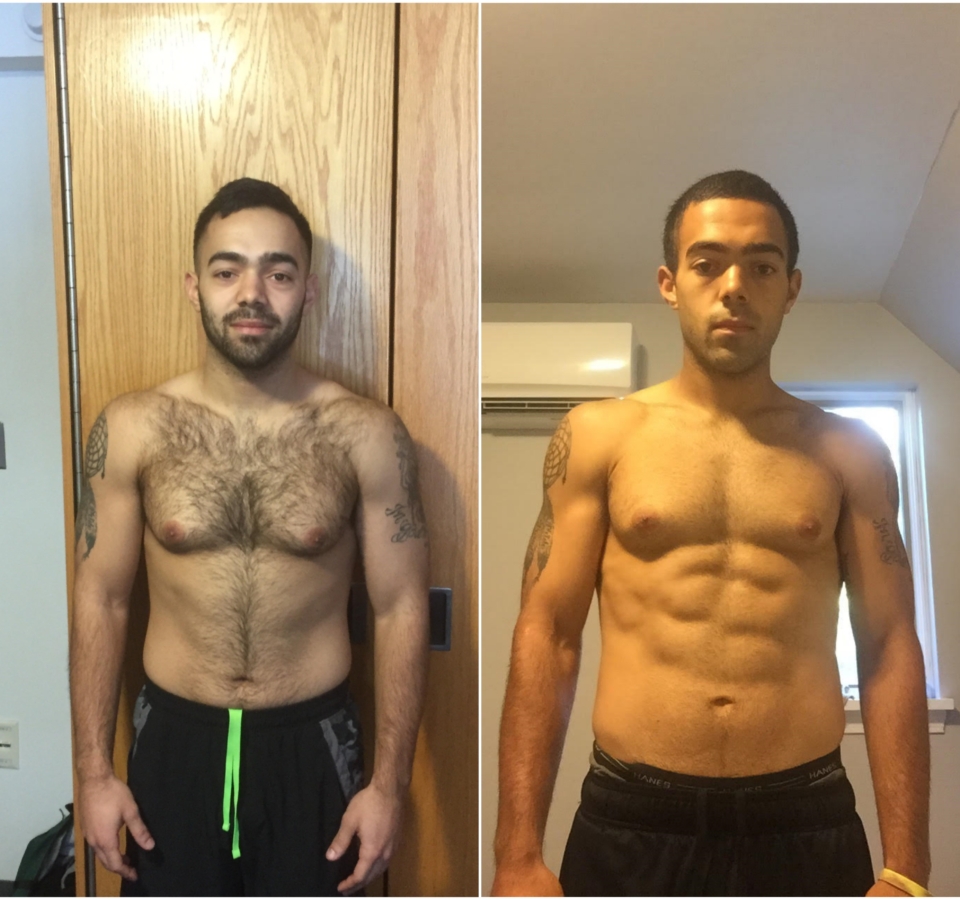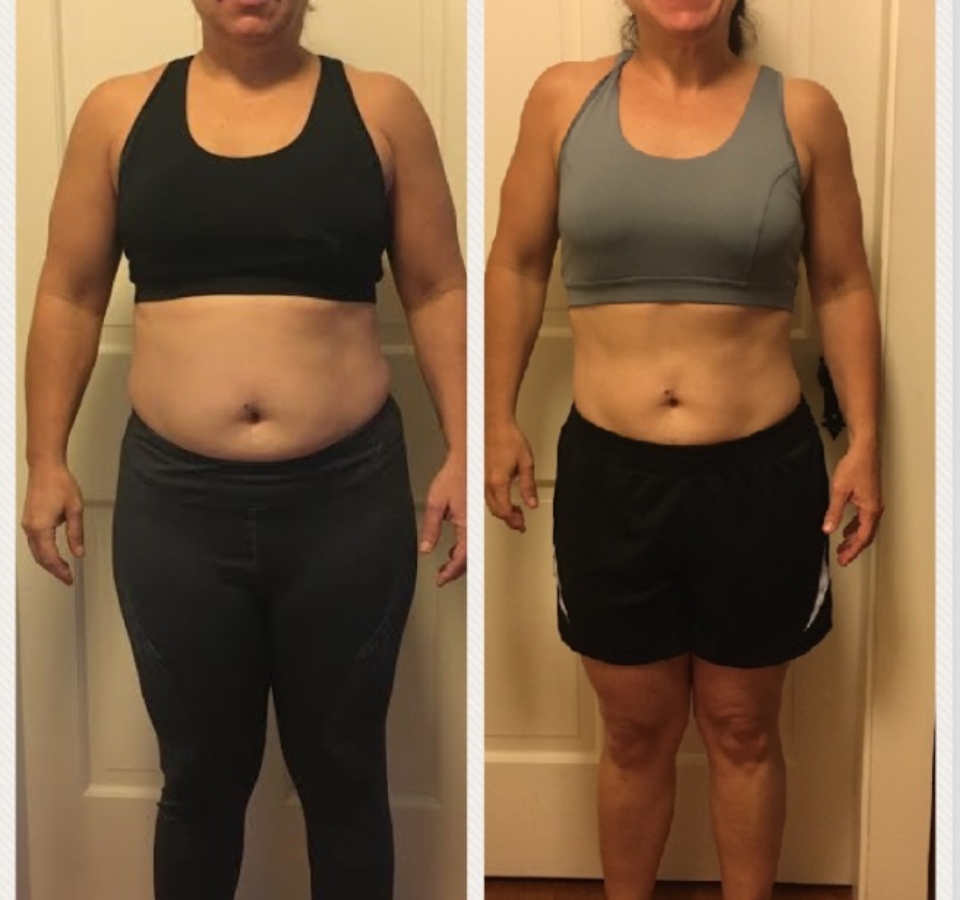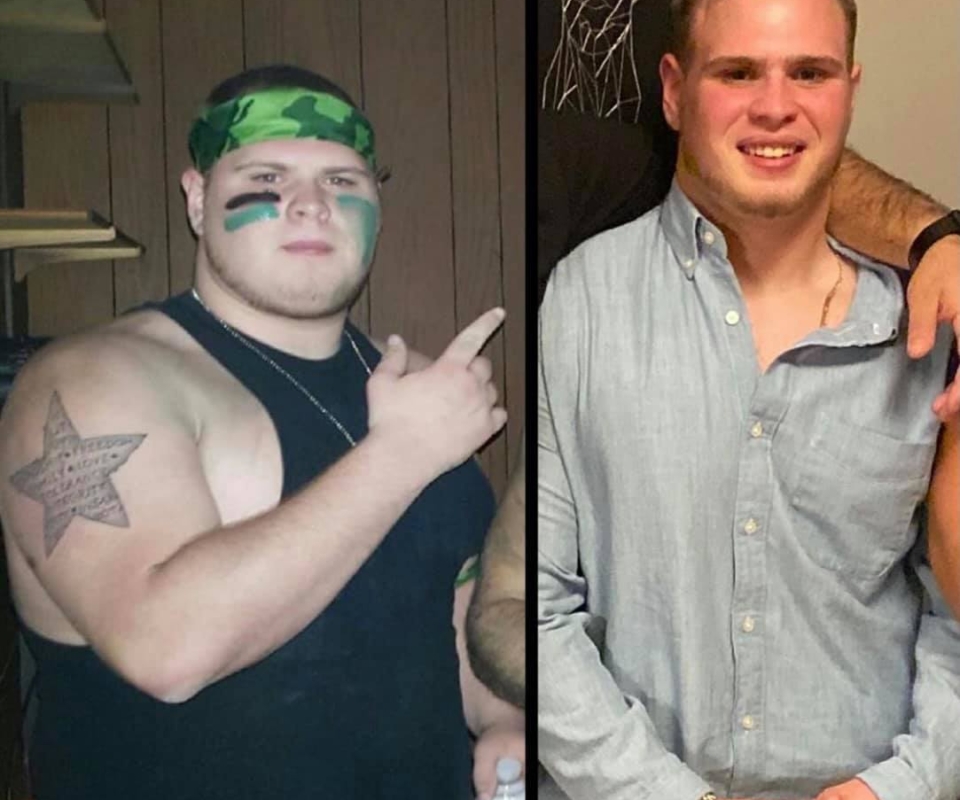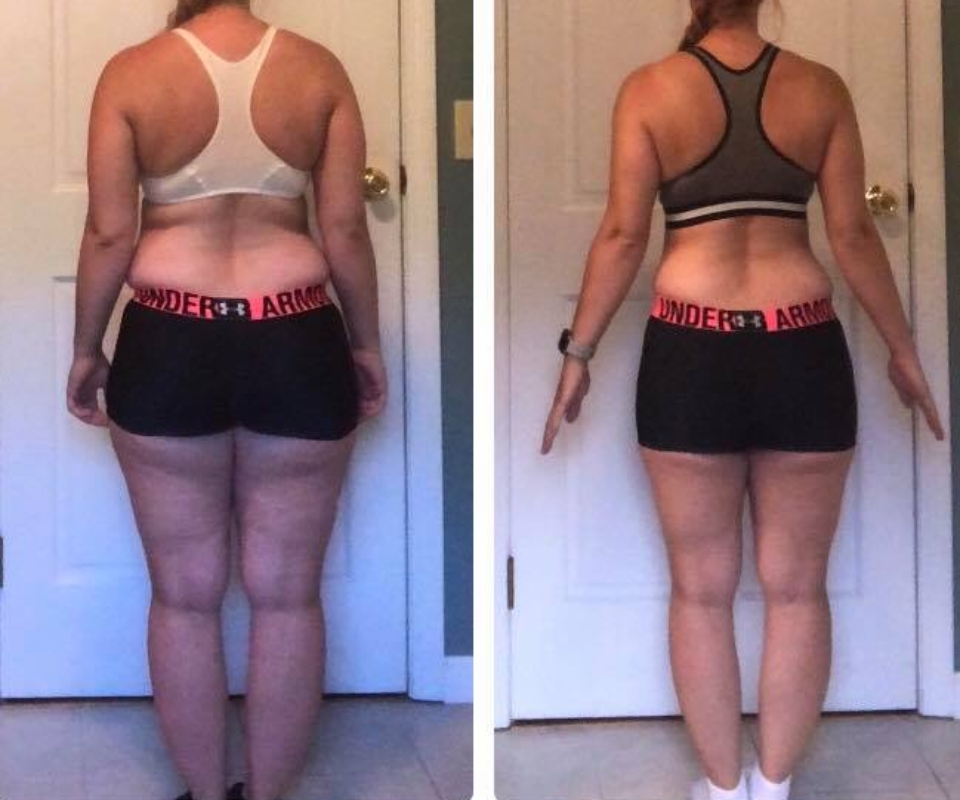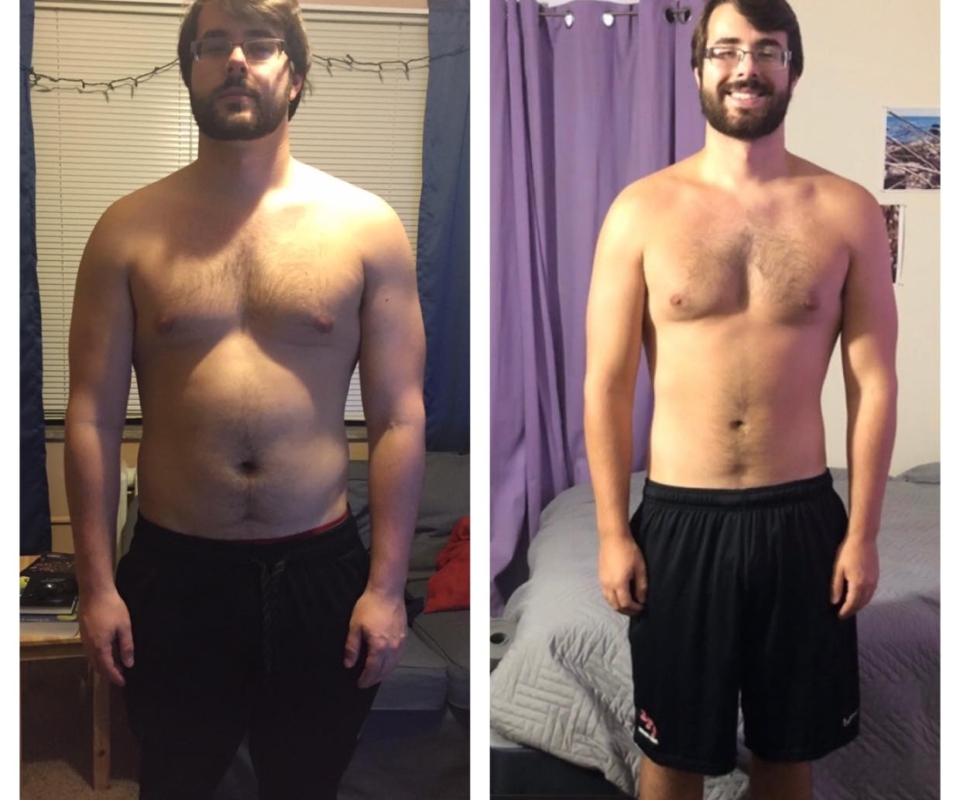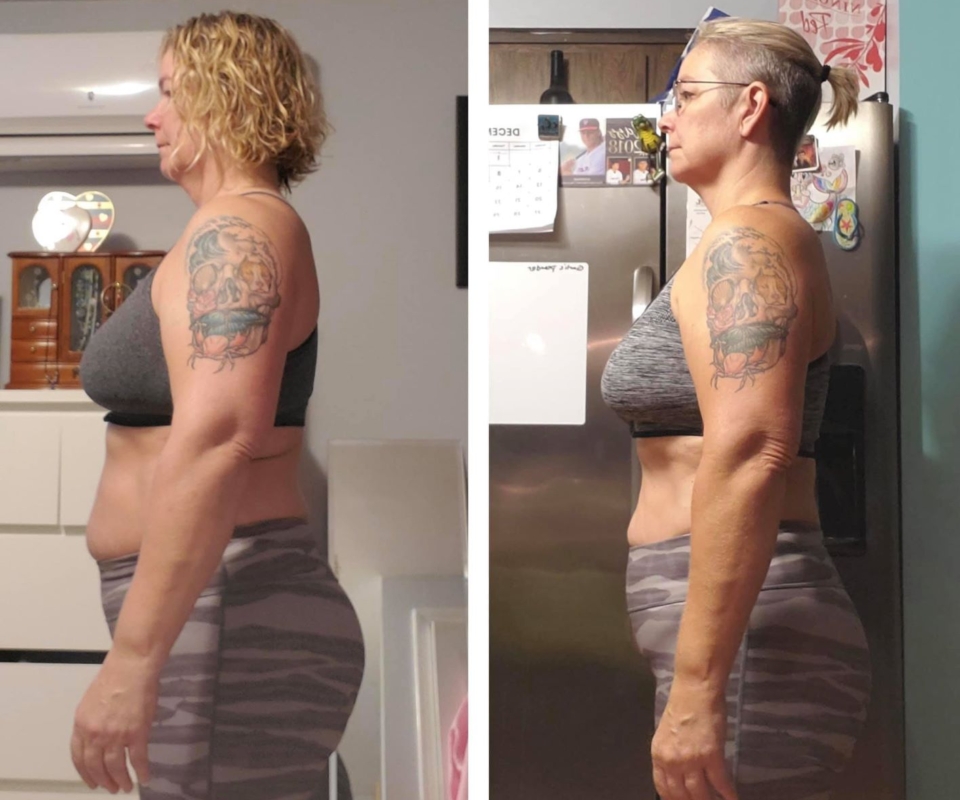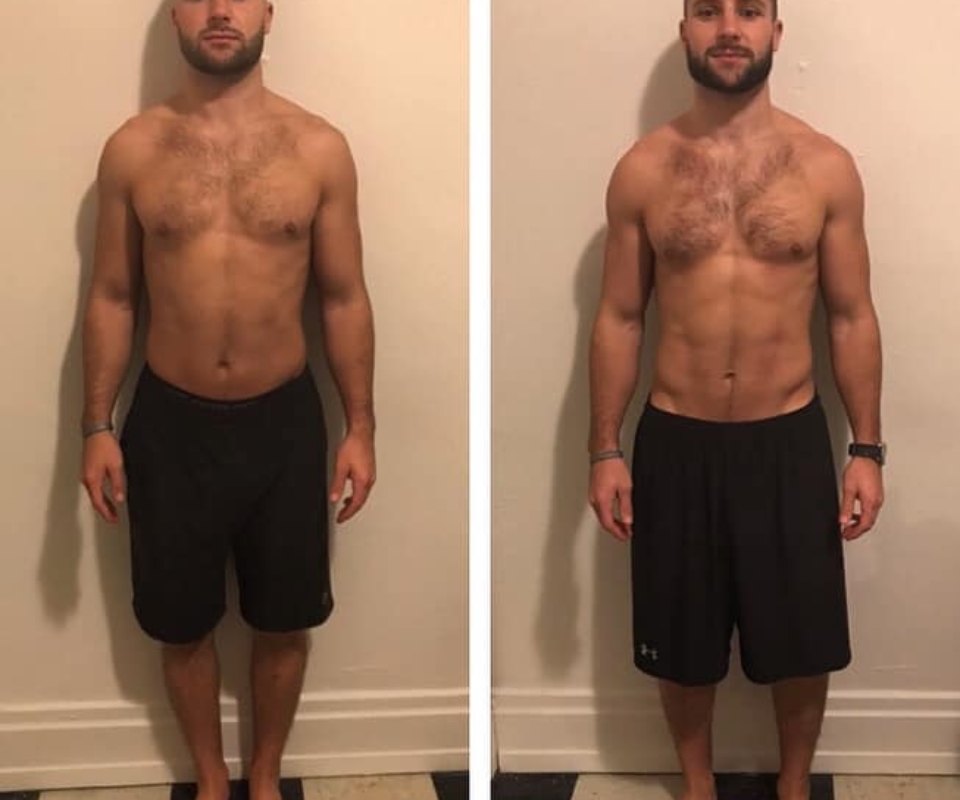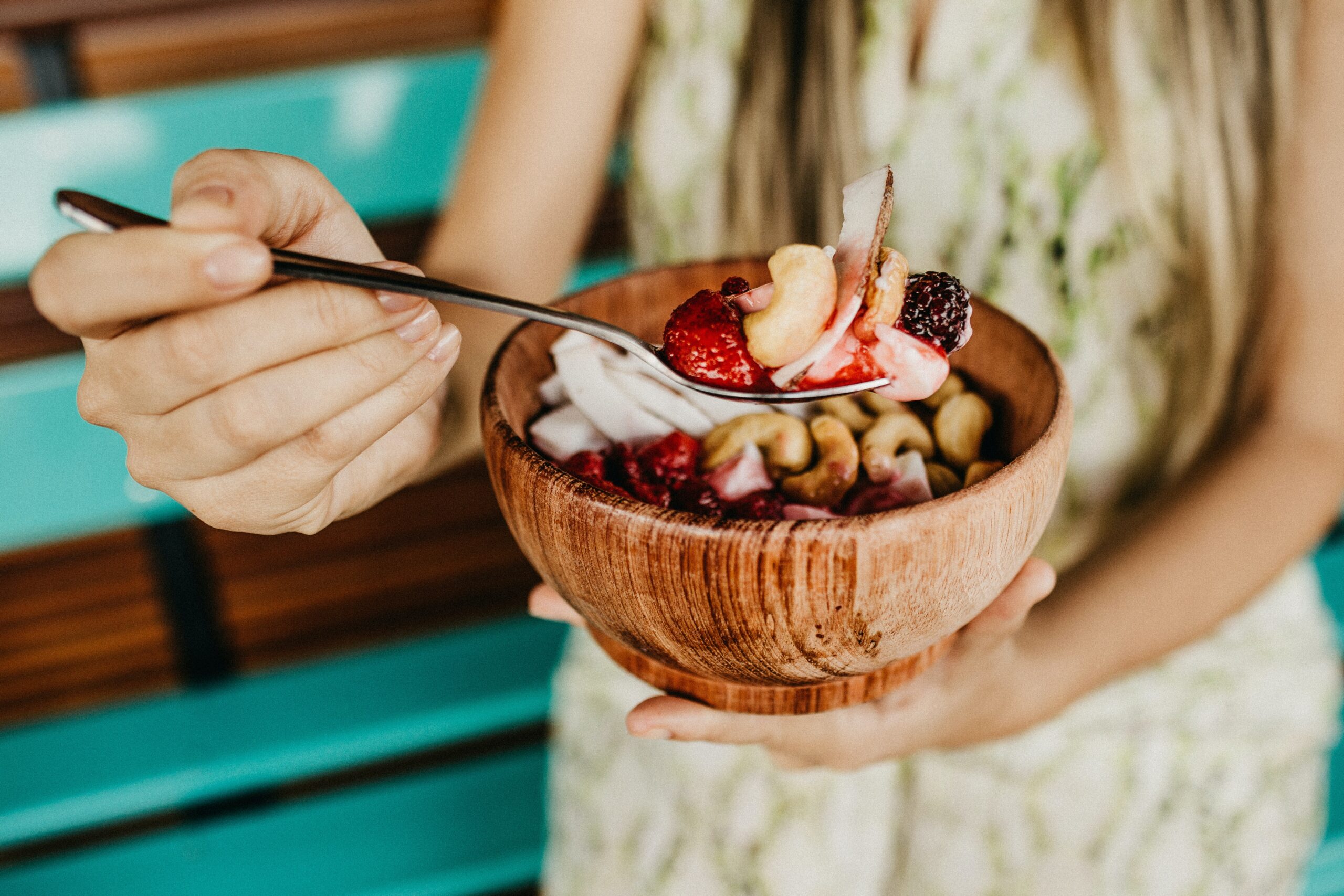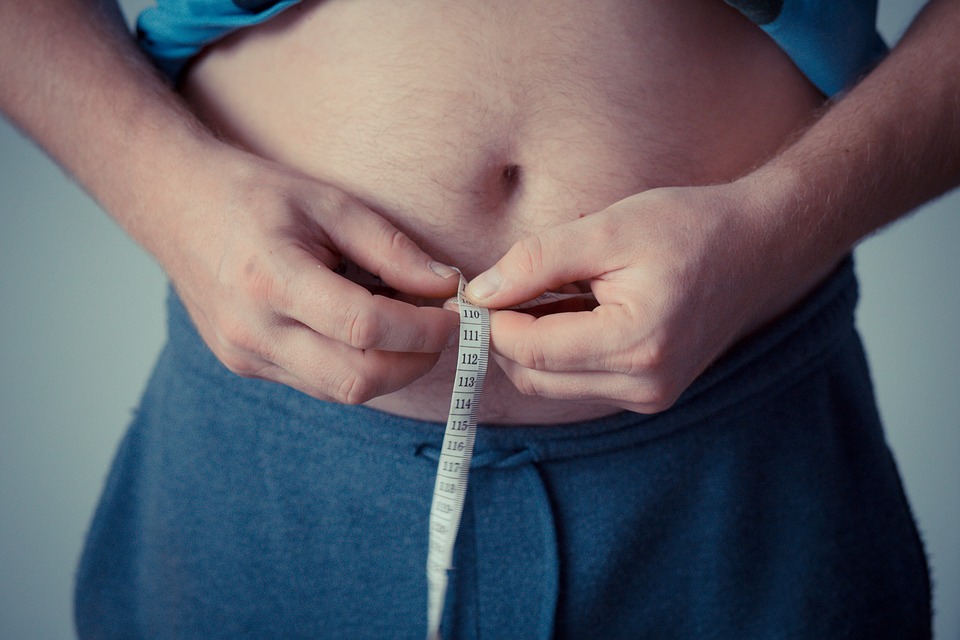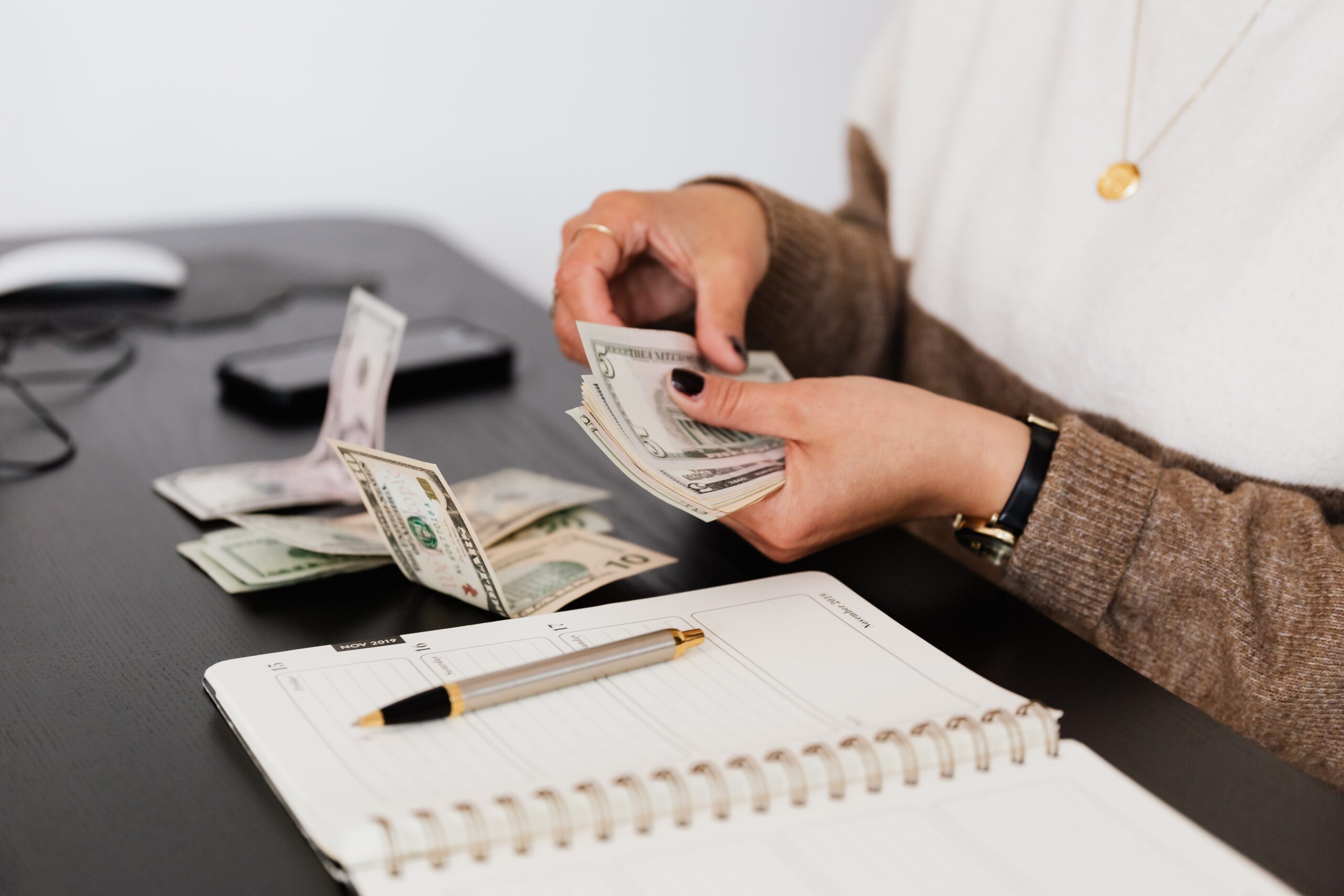This post may contain affiliate links, and as an Amazon Associate, Hercules Performance may earn from qualifying purchases
Before diving in to what to get at the grocery store, it’s worth clarifying: eating healthy is no guarantee of transformation progress.
In fact, many “healthy” meals—like scrambled eggs and avocado toast, or salads with olive oil and nuts—aren’t fat loss friendly. At the end of the day, your calorie intake dictates whether you gain or lose weight (the law of thermodynamics).
So please, use this cheat sheet as a general compass, but consider counting calories (like THIS) if you’re interested in losing fat. Otherwise, you’re doing the financial equivalent of being “price conscious” when trying to get out of debt.
You’ll only get so far without specifics (like price tags and calorie counts).
Now, what you came here for:
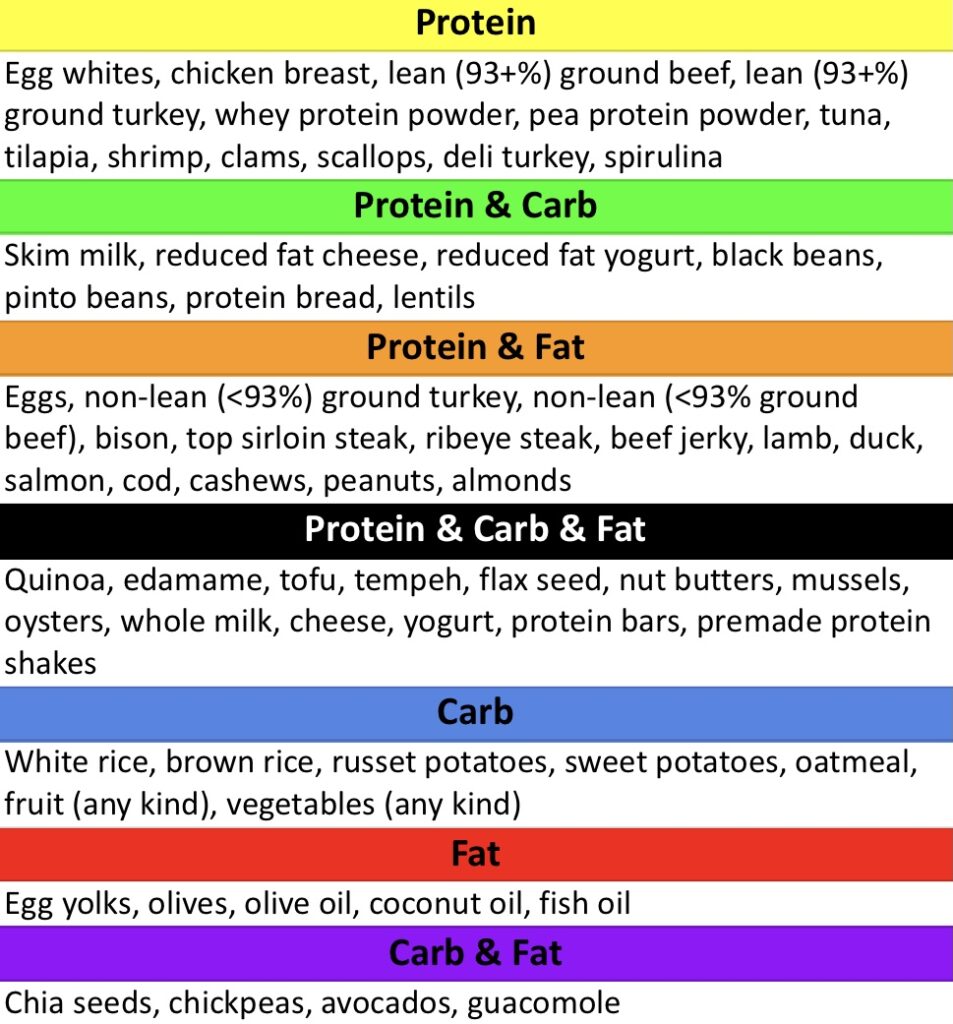
Before you take this and run, there are some things we should address:
1) This list isn’t inclusive
You won’t see bread on this list. You won’t see chips, or wine. You won’t see donuts (a favorite of mine), beer, or cereal. This does NOT mean you shouldn’t eat them. In fact, I have my clients splurge on a regular basis, and they get results like this:
“Good nutrition” exists on a spectrum, from nutritious to not-so-nutritious. There are no “good” or “bad” foods… and as long as your choices “average” to the nutritious side of the spectrum, you’re in a good place.
2) Supplements have their place in a well-rounded diet
While I didn’t include supplements on the cheat sheet, they can be beneficial—assuming your sleep, stress, activity, and nutritional ducks are in a row (think of them like icing on the cake). When you have these down pat, you might consider:
✓ Protein powder
In general, I don’t recommend getting more than 25% of your protein intake from supplementation—as it’s a “giveaway” that you’re not getting enough whole food sources. Beyond this, though, powder can be useful as a convenient, accessible source of protein.
If you stomach tolerates dairy, a whey isolate is your best bet. I get mine from TrueNutrition: https://amzn.to/3o6Gxxl
If your stomach doesn’t tolerate dairy well, and you’ve always felt bloated or gassy after having shakes and smoothies, a pea protein powder is best: https://amzn.to/2LfgBBq
✓ A greens supplement
A greens supplement can help “fill the gaps” of a mostly well-rounded diet. Again, I don’t recommend that this replace whole foods—but it’s an easy way to get more micronutrients. I’ve always had luck with Athletic Greens: https://amzn.to/2KRztq7
✓ Fish oil
Tried, true, and tested, fish oil (comprised of omega-3’s) supports heart health, pain-free joints, healthy hair, skin, and nails, and more. I take it every morning: https://amzn.to/3856jwu
✓ Creatine
No, this isn’t a “drug,” or meathead thing. Creatine monohydrate is an incredibly well-researched, safe supplement, proven to aid performance—which indirectly facilitates fat loss (courtesy of increased muscle retention): https://amzn.to/2X2iIv0
———
Again, this supplement list isn’t all-inclusive, and things left off it aren’t “bad”—but these are some of the most affordable, useful supplements available once your foundations are solidified.
3) There’s tremendous upside to cooking more
My buddy Mike Doehla, CEO of StrongerU, often reminds his members, “The more you cook, the better you’ll look.”
While he says this playfully, there’s truth to it: as the average restaurant entrée has 1,200-1,500+ calories. Naturally, frequently eating out isn’t wise for weight loss OR management goals—unless you’re the rare breed who’s comfortable regularly saying “no” to friends and family, resisting peer pressure, forgoing splurges, and staying the course.
But that’s quite an uphill battle.
You’re better off getting really familiar with this grocery list, and comfortable in the kitchen—or you’re making your transformation much harder than it needs to be. Speaking of which: HERE’s how I can help you get results like these:


